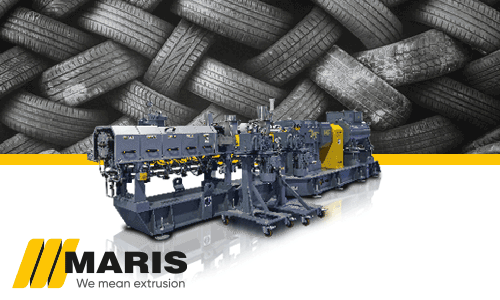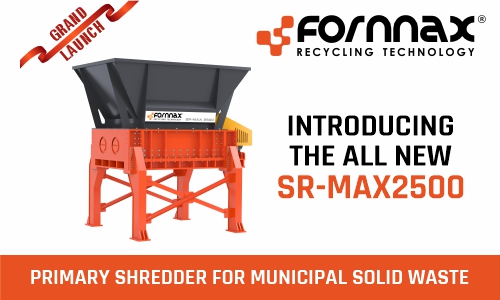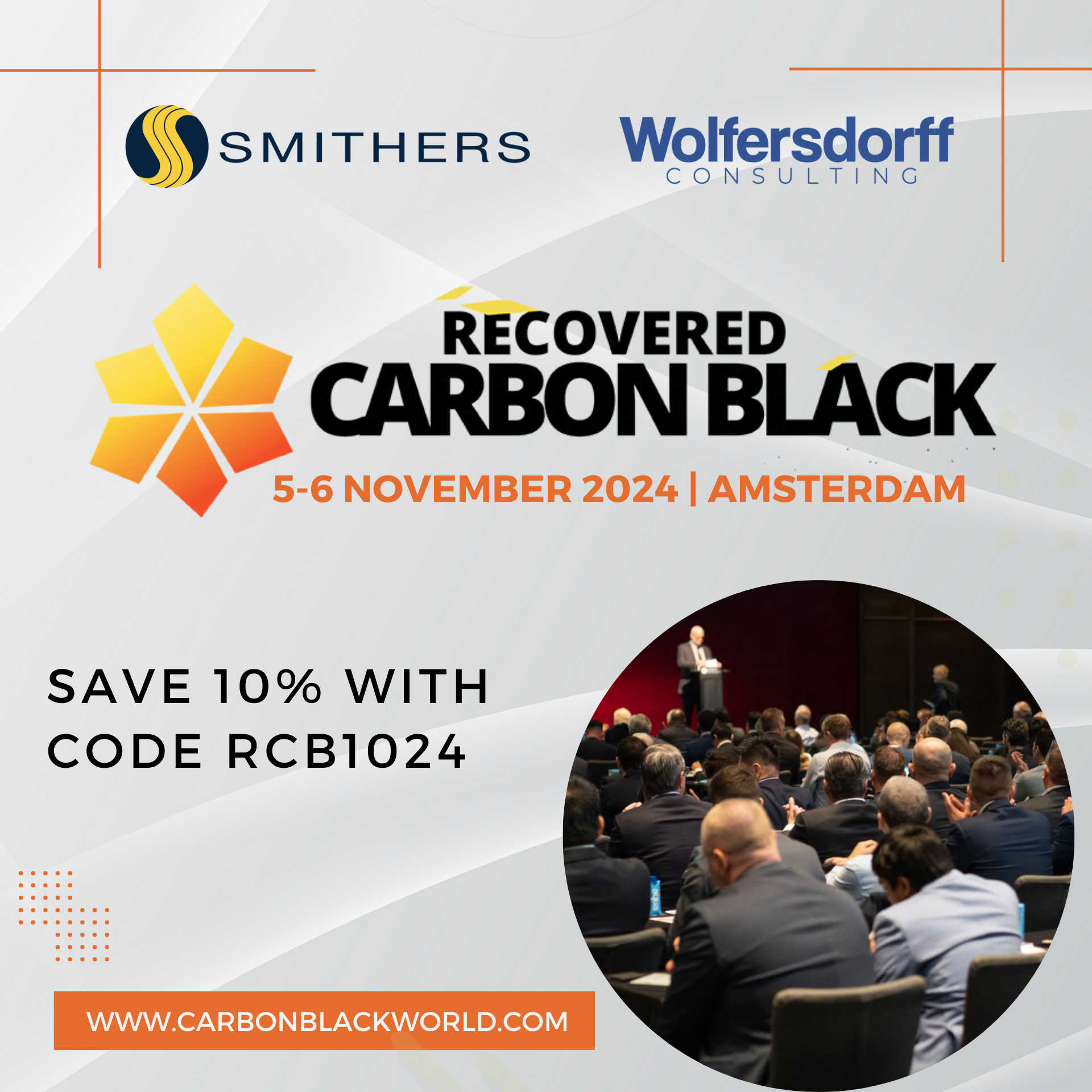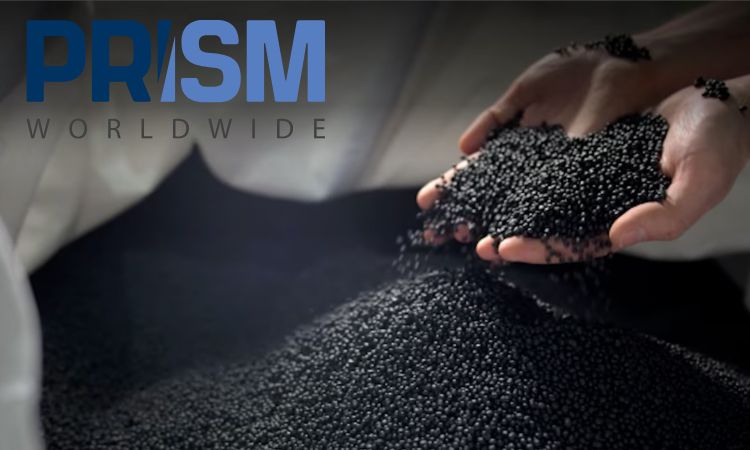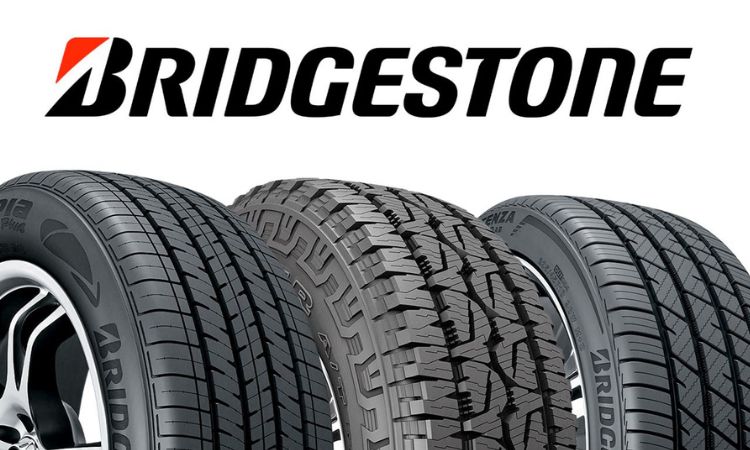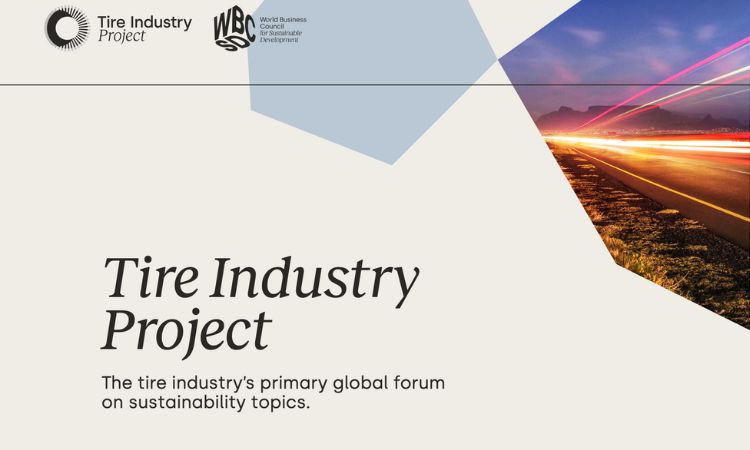Weibold Academy: How to keep improving ELT pyrolysis processes
Weibold Academy article series discusses periodically the practical developments and scientific research findings in the end-of-life tire (ELT) recycling and pyrolysis industry.
These articles are reviews by Claus Lamer – the senior pyrolysis consultant at Weibold. One of the goals of the review is to give entrepreneurs in this industry, project initiators, investors and the public, a better insight into a rapidly growing circular economy. At the same time, this article series should also be a stimulus for discussion.
For the sake of completeness, we would like to emphasize that these articles are no legal advice from Weibold or the author. For legally binding statements, please refer to the responsible authorities and specialist lawyers.
Introduction
End-of-life tires (ELTs) represent a significant environmental challenge globally, with over 1 billion tires produced and discarded each year. Their durability and complex composition, which includes a mix of rubber compounds, metals, textiles, and fillers, make them particularly difficult to recycle. Traditional disposal methods like incineration and landfilling not only fail to recover valuable materials but also contribute to environmental degradation. As the world seeks more sustainable recycling practices, pyrolysis—a process of thermal decomposition in an inert atmosphere—has emerged as a promising alternative. This method allows for the recovery of valuable products such as recovered carbon black (rCB) and tire pyrolysis oil (TPO), including limonene, a solvent derived from the degradation of rubber components. However, achieving consistent, high-quality outputs through pyrolysis requires careful control of both feedstock characteristics and process parameters.
The Mechanism and Challenges of Tire Pyrolysis
Pyrolysis of tires produces three primary outputs: char (solid residue, rCB), pyrolysis gas, and pyrolysis oil (TPO). The quality and yield of these outputs are influenced by several factors, including the highest heating temperature (HHT), reactor type, and the composition of the tire feedstock. The main challenge lies in managing the variability of tire feedstocks. Tires are heterogeneous materials, containing a wide range of substances that can lead to inconsistent pyrolysis outputs, especially in the quality of rCB, which is crucial for its reuse in high-value applications like new tire production.
The heterogeneity of tire feedstock can result in a wide range of outcomes, particularly in the production of rCB. The presence of varying amounts of carbon black, silica, and other fillers in different tires can lead to significant fluctuations in the quality of rCB produced. These fluctuations can render the rCB unsuitable for high-value applications unless stringent controls are applied during the pyrolysis process.
Improving Pyrolysis Outputs Through Feedstock Control
To address the variability in feedstock, a study at the Imperial College London by Alex Bowles and colleagues proposes a method of selective feedstock control and thorough mixing. By excluding tires with high silica content and ensuring that the remaining feedstock is well-mixed, the ash content in the resulting rCB can be significantly reduced. The study's bootstrapping analysis shows that by removing one-third of the tires with the highest silica content from the process stream, the upper limit of rCB ash content can be lowered from 49% to 14%. This reduction in ash content makes the rCB more suitable for use in high-value applications, such as in the production of new tires.
This approach to feedstock control provides a cost-effective alternative to post-pyrolysis demineralization processes, which are often expensive and environmentally challenging. By improving feedstock quality before the pyrolysis process, operators can produce more consistent and higher-quality rCB, thereby enhancing the commercial viability of tire pyrolysis as a sustainable recycling method.
Optimizing Pyrolysis Process Conditions
In addition to feedstock control, the study highlights the importance of optimizing pyrolysis process conditions, particularly the type of reactor used and the pyrolysis temperature. An analysis of 161 pyrolysis runs across different reactor types—fixed beds, mechanically mixed beds, and fluidized beds—revealed significant differences in product yields. Mechanically mixed reactors, such as rotary kilns, were found to consistently produce high oil yields and low-volatile rCB, making them the preferred choice for tire pyrolysis.
The study also emphasizes the need to operate at lower Highest Heating Temperatures (HHTs) during pyrolysis (450-534°C) to minimize energy consumption and avoid secondary pyrolysis reactions, which can degrade the quality of TPO. Reactors that offer efficient heat transfer characteristics, such as conical spouted beds and rotary kilns, are more effective in achieving complete pyrolysis, resulting in higher-quality products. Lower temperatures also help preserve valuable components like limonene in the pyrolysis oil, which would otherwise degrade at higher temperatures.
Consecutive Recovery of rCB and Limonene
One of the key innovations in this study is the focus on the consecutive recovery of both rCB and limonene from the same pyrolysis process. The study found that the optimal conditions for maximizing the recovery of these products involved a balance between temperature, sample mass, and gas flow rate. Specifically, a HHT of 550°C, combined with a low sample mass and a high gas flow rate, was found to produce the best quality rCB. For limonene recovery, a lower gas flow rate was preferable, as it allowed for sufficient residence time for volatile compounds to condense without excessive thermal degradation.
The study found that the highest limonene yield (17.4 g/kg of waste tires) was achieved at 550°C with a low gas flow rate and a larger sample mass. This finding aligns with previous studies suggesting that limonene production peaks at moderate pyrolysis temperatures. At temperatures above 550°C, the limonene content decreased significantly due to thermal degradation, underscoring the importance of controlling the pyrolysis temperature to optimize limonene recovery.
Environmental and Commercial Implications
The findings of this study have significant implications for the environmental and commercial sustainability of tire recycling. By optimizing feedstock selection and process control, pyrolysis can become a more viable alternative to traditional tire disposal methods. This approach not only reduces the environmental impact of tire disposal but also adds value to the recycled products, making the process economically attractive.
The successful implementation of tire pyrolysis on a commercial scale requires a holistic approach that integrates feedstock control, reactor optimization, and process efficiency. The study’s recommendations for feedstock control and reactor selection provide a clear roadmap for developing robust and commercially viable tire pyrolysis facilities. Such facilities could play a crucial role in promoting a circular economy, where tires are recycled back into new tires, thereby reducing waste and conserving resources.
Future Directions
Looking ahead, Alex Bowles and colleagues recommend further research to reduce the ash content and carbonaceous residues in rCB and to improve the efficiency of limonene extraction from pyrolysis oil. Additionally, optimizing the design of pyrolysis systems—including better mixing and more efficient oil traps—could further enhance the recovery of these valuable products. By focusing on these areas, the tire recycling industry can move closer to achieving a sustainable and economically viable solution for the management of end-of-life tires.
Conclusion
In conclusion, the importance of feedstock control and process optimization in the pyrolysis of end-of-life tires is underscored. By addressing the challenges associated with feedstock variability and optimizing process conditions, it is possible to produce consistent, high-quality outputs that enhance the recyclability and sustainability of this critical waste stream. The successful implementation of these strategies could pave the way for a more sustainable future in tire recycling, where valuable materials like rCB, TPO, and limonene are recovered efficiently, contributing to a circular economy and reducing the environmental impact of tire disposal.
Authors' Note & Source
This article is based on research findings from two significant studies focusing on optimizing the pyrolysis process for end-of-life tire (ELT) recycling. The first study, titled "Assessing the Impacts of Feedstock and Process Control on Pyrolysis Outputs for Tyre Recycling," was authored by A.J. Bowles and G.D. Fowler and published in Resources, Conservation & Recycling (Volume 182, 2022, Article 106277). The second study, "Consecutive Recovery of Recovered Carbon Black and Limonene from End-of-Life Tires through Pyrolysis in a Rotary Kiln," was authored by A.J. Bowles, Á. Nievas, and G.D. Fowler and published in Sustainable Chemistry and Pharmacy (Volume 32, 2023, Article 100972).
Both studies were conducted at the Department of Civil and Environmental Engineering, Imperial College London, and were supported by the Engineering and Physical Sciences Research Council (EPSRC) and Pyrenergy Ltd. The research findings are published under an open-access license (CC BY). For further details, the full studies can be accessed online at ScienceDirect and ScienceDirect.
Weibold is an international consulting company specializing exclusively in end-of-life tire recycling and pyrolysis. Since 1999, we have helped companies grow and build profitable businesses.





